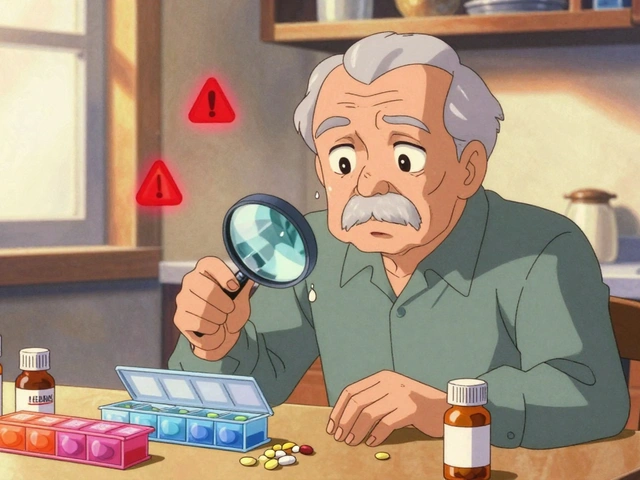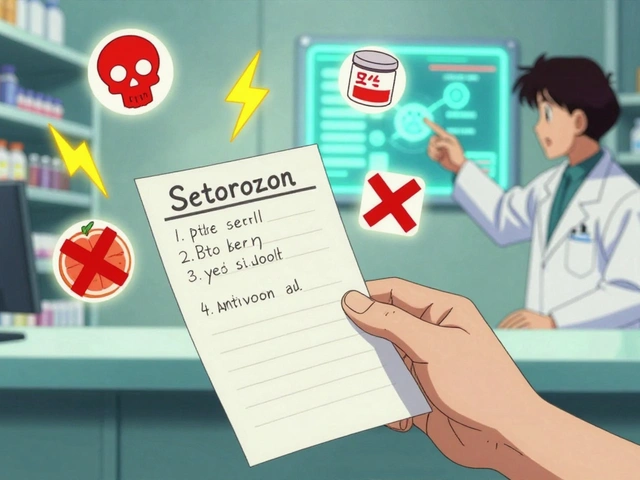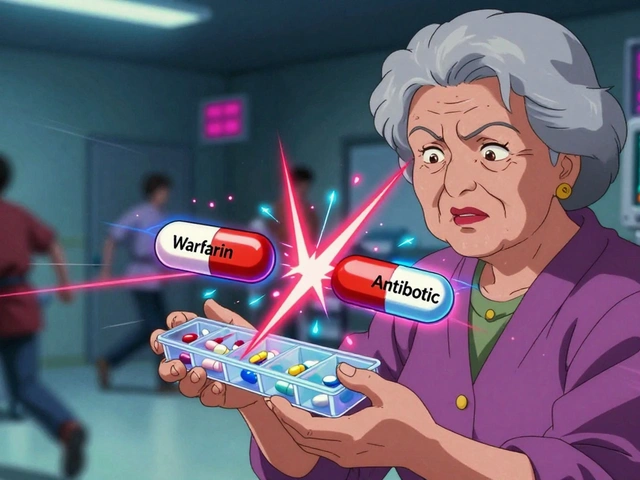Amlodipine Swelling: What It Is, Why It Happens, and What to Do
When you take amlodipine, a calcium channel blocker used to treat high blood pressure and chest pain. Also known as Norvasc, it works by relaxing your blood vessels so your heart doesn't have to work as hard. But for many people, one of the most noticeable side effects is swelling, usually in the ankles, feet, or legs—a condition doctors call peripheral edema, fluid buildup in the tissues of the lower body.
This swelling isn't dangerous for most people, but it can be annoying, uncomfortable, and sometimes embarrassing. It happens because amlodipine opens up small blood vessels, which can let fluid leak out into surrounding tissues. The effect is stronger in the lower body because gravity pulls fluid downward. Women, older adults, and people who’ve been on the drug longer are more likely to notice it. It doesn’t mean the medicine isn’t working—it just means your body is reacting to how it works. You won’t get this swelling from every blood pressure pill. ACE inhibitors like lisinopril or ARBs like losartan rarely cause it. But calcium channel blockers like amlodipine and nifedipine? They’re known for it.
If the swelling is mild and doesn’t come with shortness of breath, chest pain, or sudden weight gain, it’s usually not an emergency. But if it’s new, getting worse, or affecting just one leg, you should check in with your doctor. That could mean a blood clot or heart issue, not just a side effect. Simple things like raising your feet, wearing compression socks, or cutting back on salt can help. Sometimes your doctor will switch you to another blood pressure med or add a low-dose diuretic. But don’t stop amlodipine on your own—even if your legs feel puffy. Stopping suddenly can spike your blood pressure and put you at risk.
What you’ll find below are real, practical posts from people who’ve dealt with this exact issue. Some share how they managed the swelling without ditching their medication. Others compare amlodipine to other high blood pressure drugs that don’t cause swelling. There’s also advice on when to push back on your doctor, how to tell if it’s just fluid or something more serious, and what to expect if you switch meds. No fluff. No theory. Just what works—and what doesn’t—for real people on amlodipine.





